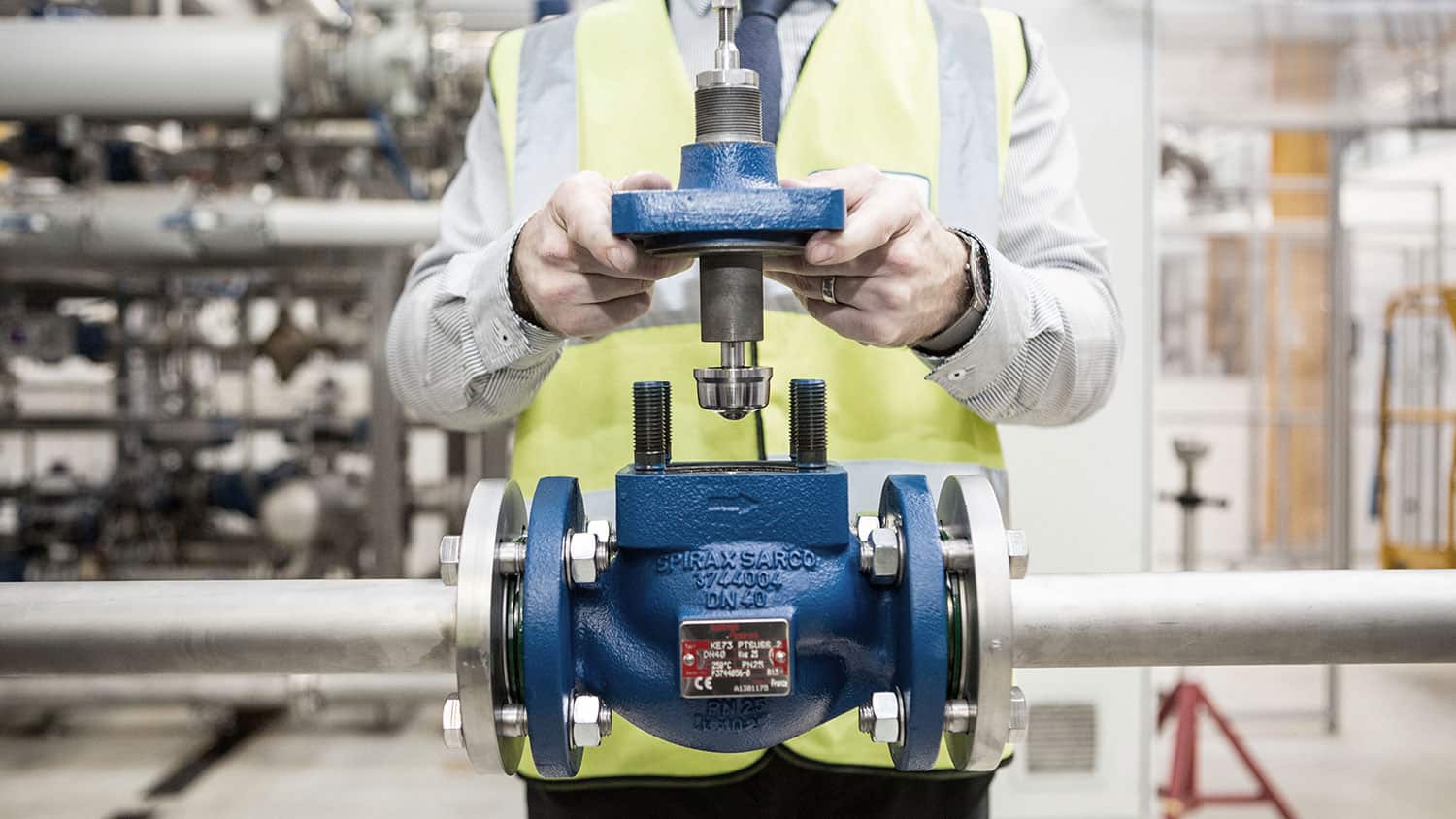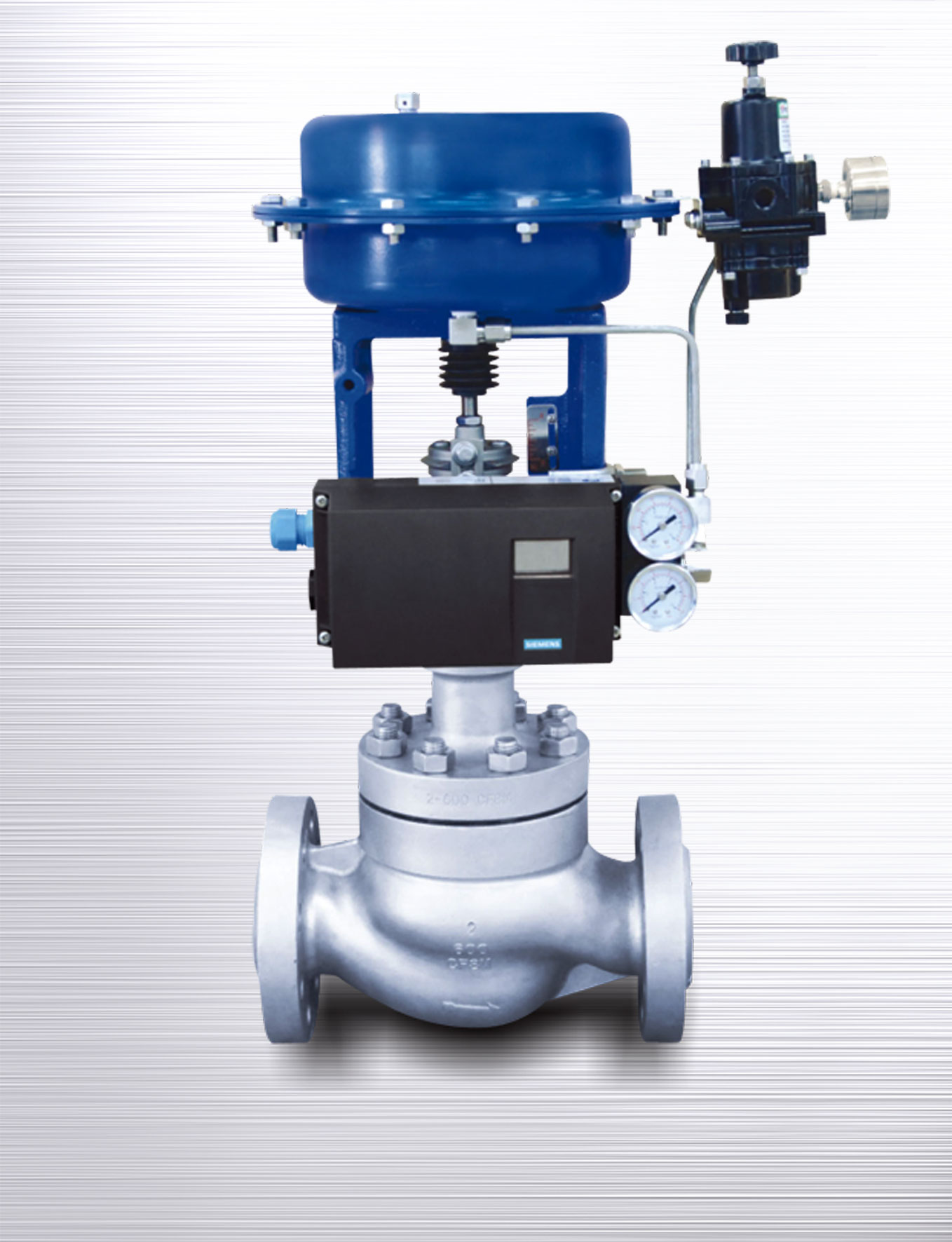Enhancing Functional Performance with Advanced Control Valves
Enhancing Functional Performance with Advanced Control Valves
Blog Article

Maximize Energy Cost Savings and Comfort With Advanced Structure Automation Controls
In the world of contemporary architecture and facility monitoring, the assimilation of sophisticated building automation controls stands as a pivotal advancement. The merging of modern technology and sustainability has actually birthed a brand-new period where power performance, comfort optimization, and operational streamlining are no longer attainable facts however remote goals. By harnessing the power of automation, structures can adapt, react, and develop in manner ins which were when inconceivable. The potential for considerable power cost savings and enhanced comfort is not simply a possibility yet a pledge waiting to be met. This standard change in building monitoring holds the crucial to unlocking a globe where ecological conscientiousness and passenger wellness sympathetically exist side-by-side within the walls of our structures.
Power Efficiency Perks
Power efficiency benefits can substantially lower power intake and operational costs in buildings. By carrying out energy-efficient techniques and technologies, building owners and drivers can attain significant savings while likewise adding to ecological sustainability. One of the main advantages of boosting energy effectiveness in structures is the reduction of utility expenses. Energy-efficient systems, such as innovative building automation controls, can enhance making use of sources like heating, cooling, and lights, resulting in lower power expenditures over time.
Furthermore, enhanced power effectiveness can prolong the life-span of building equipment and systems. By running a lot more effectively, a/c systems, lighting fixture, and other structure components experience much less deterioration, resulting in reduced upkeep and substitute expenses. Additionally, energy-efficient structures commonly command greater building values and rental prices, offering long-term monetary advantages to owners.
In addition, energy performance can enhance owner comfort and performance. Correctly regulated indoor settings with optimal illumination and thermal problems create an even more enjoyable and helpful work area, bring about improved worker complete satisfaction and efficiency. Generally, the energy performance benefits linked with advanced structure automation controls are multifaceted, including expense financial savings, environmental stewardship, and resident health.
Enhanced Comfort Control
Enhancing convenience control in building environments requires an innovative assimilation of sophisticated automation systems for ideal resident well-being. By making use of innovative building automation controls, facilities can customize the indoor environment to fulfill the certain needs and choices of passengers. control valves.
Improved convenience control exceeds fundamental temperature changes. It includes features such as tailored settings, tenancy sensors, and all-natural light use to create a vibrant and responsive environment. By including these advanced controls, structures can not just enhance convenience but additionally improve energy performance by optimizing system procedures based on actual tenancy and use patterns. Ultimately, prioritizing passenger comfort with innovative automation systems brings about an extra enjoyable and healthier indoor atmosphere.
Functional Efficiency Improvements

Moreover, the implementation of real-time monitoring and analytics devices makes it possible for structure drivers to find more info identify power inefficiencies and functional abnormalities quickly. By continually keeping track of power use patterns and system efficiency metrics, adjustments can be made in real-time to enhance power intake and guarantee peak functional performance. control valves. Furthermore, including need response strategies right into structure automation controls can better enhance operational performance by dynamically adjusting energy usage based on grid problems and pricing signals
Indoor Environment Optimization
Reliable interior environment optimization is a basic aspect of structure automation controls, ensuring residents' comfort and well-being while making the most of energy savings. By utilizing advanced sensors and controls, building automation systems can constantly keep an eye on and adjust temperature, humidity degrees, air top quality, and air flow to produce an ideal indoor environment. Maintaining comfortable and constant problems not why not look here only boosts occupant complete satisfaction however also increases productivity and general wellness.
Indoor climate optimization additionally plays an essential role in energy efficiency. By fine-tuning heating, air conditioning, and air flow systems based upon real-time information and tenancy patterns, developing automation controls can substantially decrease power usage - control valves. As an example, applying approaches such as demand-controlled air flow and thermal zoning can help decrease power waste while making sure that each area of the structure gets the required conditioning.

Sustainable Atmosphere Development
Building automation controls not only maximize indoor climate conditions for energy performance and owner convenience however additionally lay the structure for developing a sustainable environment through critical management of resources and systems. By incorporating sophisticated building automation technologies, such as sensing units, actuators, and smart software, centers can readjust and keep an eye on energy use in real-time to lessen waste and decrease their carbon impact. These systems allow predictive maintenance, recognizing prospective issues prior to check here they intensify and optimizing devices efficiency to improve longevity and performance.
Furthermore, lasting atmosphere development prolongs past energy monitoring to include water preservation, waste reduction, and indoor air high quality enhancement. Building automation controls can regulate water use, find leaks, and ensure appropriate waste disposal methods, adding to overall sustainability initiatives. Additionally, by checking and managing air flow and filtering systems, these technologies improve occupant health and wellness and performance while decreasing power consumption connected with heating and cooling procedures.
Verdict
Finally, progressed building automation regulates offer considerable advantages in regards to power financial savings, comfort control, functional performance, interior climate optimization, and creating a sustainable environment. By carrying out these controls, structures can achieve optimal performance while reducing energy usage and boosting owner comfort. It appears that the use of sophisticated automation technology is important in boosting structure efficiency and developing an extra lasting future.
Power performance advantages can significantly decrease power consumption and functional prices in structures. Overall, the power performance benefits connected with sophisticated building automation controls are multifaceted, encompassing cost financial savings, ecological stewardship, and passenger wellness.
Additionally, incorporating demand reaction techniques right into structure automation controls can even more enhance functional efficiency by dynamically adjusting power usage based on grid problems and prices signals.
Building automation regulates not just enhance interior environment conditions for power effectiveness and occupant convenience however additionally lay the foundation for creating a lasting environment via calculated management of systems and resources.In conclusion, progressed building automation controls offer substantial advantages in terms of power savings, convenience control, operational effectiveness, interior climate optimization, and developing a sustainable environment.
Report this page